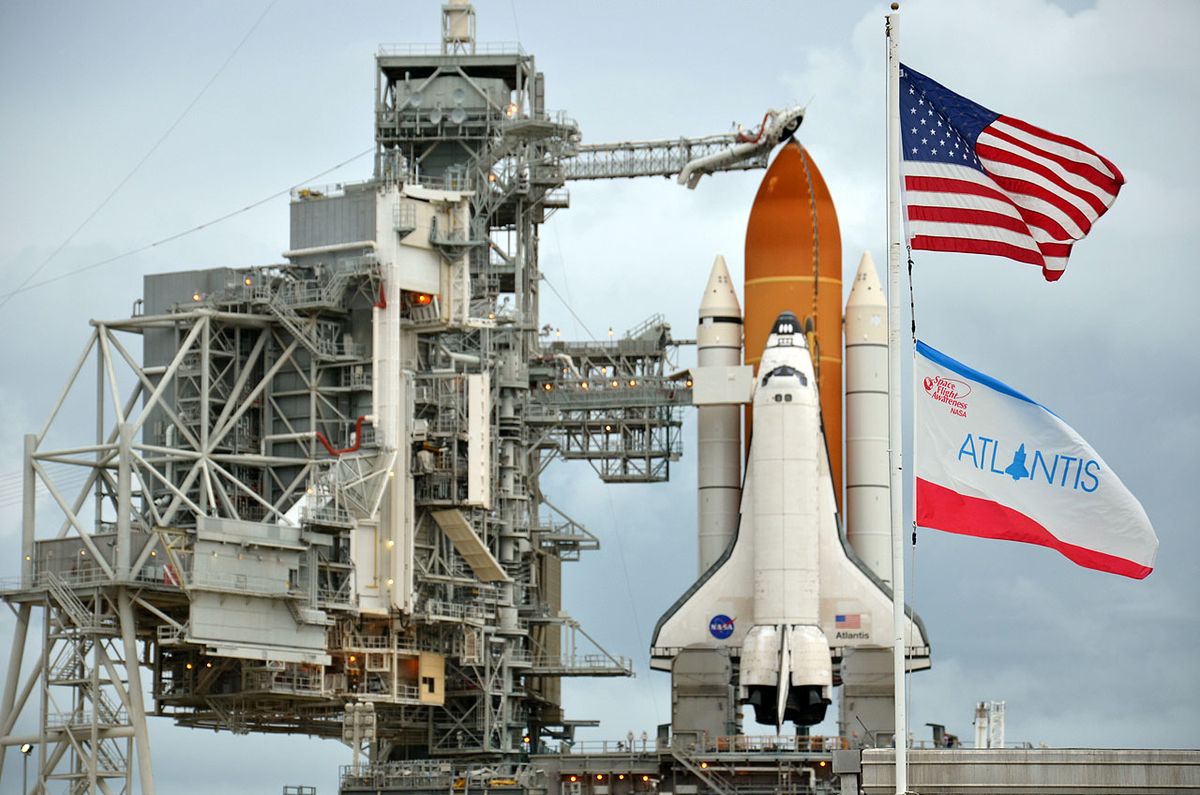

#NASA SPACE SHUTTLE LUNCH SERIES#
Ī Wide Variety of Booster, External Tank, and Propellant Options Were StudiedĪ series of launch vehicles was proposed, based on the proposed Space Transportation Main Engine (STME) liquid-fuel rocket engine. Bush called for the end of the Space Shuttle by 2010, these proposed configurations were put aside. In the early 1990s, NASA engineers planning a crewed mission to Mars included a Shuttle-C design to launch six non reusable 80-ton segments to create two Mars ships in Earth orbit.

The Shuttle-C would additionally act as the crewed component of the International Lunar Resources Exploration Concept proposed in 1993. The Shuttle-C would also launch an uncrewed lunar lander and propulsion module while a second vehicle would launch the Crew Exploration Vehicle to perform lunar missions. In the aftermath of the Challenger incident, it became clear that this launch rate was not feasible for a variety of reasons. Before the loss of Space Shuttle Challenger, NASA had expected about 14 shuttle flights a year. With the Shuttle-C, it was thought that the lower maintenance and safety requirements for the uncrewed vehicle would allow a higher flight rate. One proposal involved converting the Columbia or Enterprise into a single-use cargo launcher. End-of-life and Space Shuttle hardware would also have been used. The Shuttle-C concept would theoretically cut development costs for a heavy launch vehicle by re-using technology developed for the Shuttle program. Various Heavy Lift Launch Vehicle concepts were investigated between 19 and it would eventually become known as the Shuttle-C, which lacked reusable engines and ballistic return pods. Small lifting wings were added to allow more accurate landings. It would be recovered via parachutes in the Australian outback or northern Mexico. A ballistic return pod would be used as the main engine structure and carry 2-4 SSMEs as well as mount the payload/booster stage. The external tank and Space Shuttle Solid Rocket Boosters (SRBs) would be combined with a cargo module that took the place of the shuttle orbiter and included the Space Shuttle Main Engines. The Heavy Lift Launch Vehicle was a study by NASA to turn the Space Shuttle launch stack into a dedicated uncrewed cargo launcher.


 0 kommentar(er)
0 kommentar(er)
